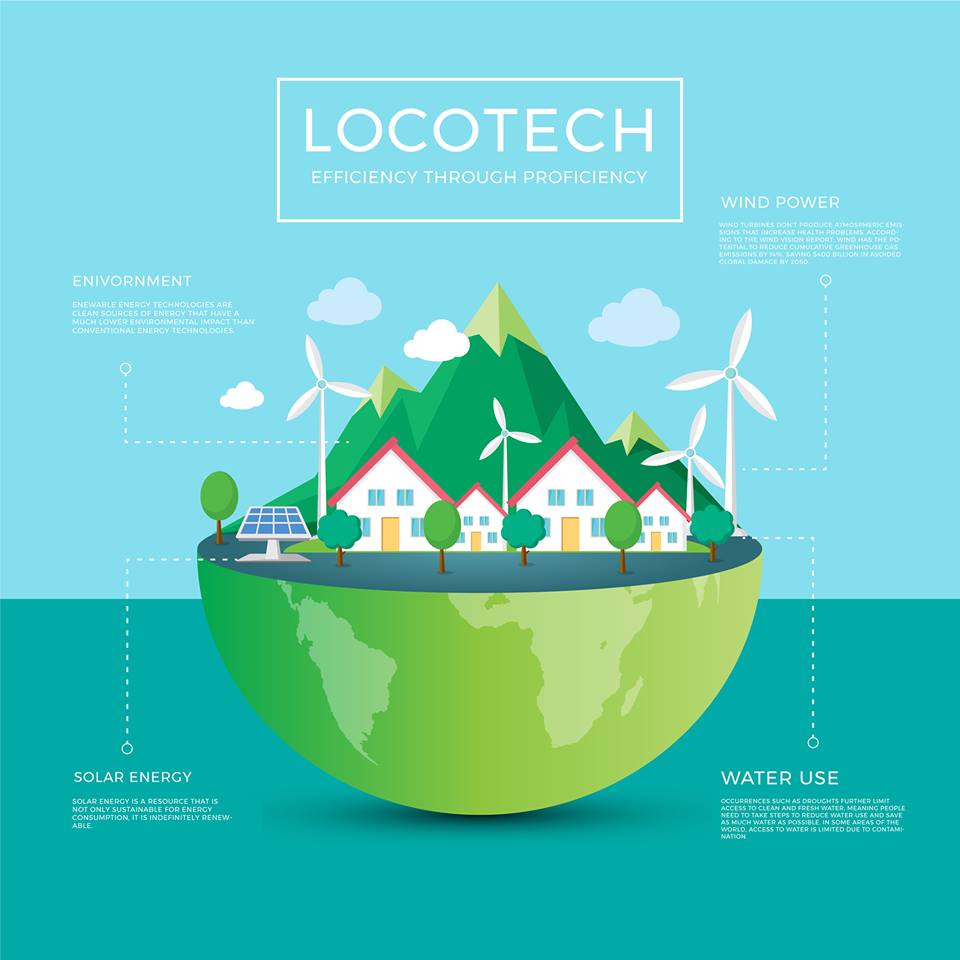
Loco Tech
We introduce the model of next-gen villages that efficiently integrates data through smart technologies and automatizes basic agricultural processes. Using arduino sensors and libraries, we collect ecologically useful information and send them to control units, which are located on every street of the village. These units use filtering algorithms that return changes, then send them to the main server of the village and the server gives property owners access to the information related to their territory. We use DHT sensors responsible of returning information on soil humidity, temperature, and heat index. Using this type of information we calculate the community's ecological needs and offer them solutions. Moreover, we have laser detection system, which we use to detect security issues and to prevent animals from entering and destroying crops. Finally, we developed earthquake activity detection tools meant to inform citizens about upcoming dangerous events. Using NASA's data set we found out probable urban expansion caused by considerately decreased agricultural potential. Since many people migrate to cities it results in scarcity of houses which in turn results in development of slums, that are highly unhygienic. Urbanization also leads to shift of working population from agriculture to industries and due to this there is fall in agriculture produce which results in fall in food production. Factories are most visible symbols of urbanization. Due to emissions of harmful gases and smoke from factories and vehicles, air pollution results.